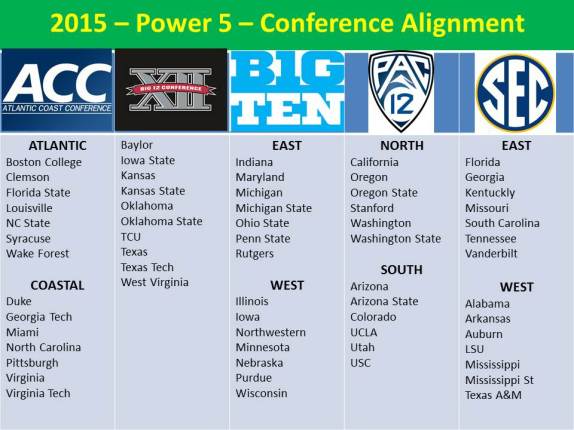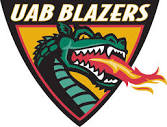The “Some Other Dude’s College Football Blog” spawned from a weekly college football promotion I was writing for Safe Harbor Consulting (SHC), a Management Consulting Firm specializing in crisis management. SHC ran a two-year promotion recognizing the FBS Team that overcame the largest deficit to win its football game each week. They call this the “College Football Crisis Management Award”. SHC will still sponsor this award in 2015, but the weekly articles will be posted on SOD’s College Football Blog. This is a fun promotion to write about.
In 2013, many of the weekly winners came from games played outside of the Power 5 conferences. Most of the weekly, largest comebacks came from obscure, low profile games. Still fun to write about, but not as big of a draw. 2014 saw a little bit of a change in that trend.
The 2014 weekly winners of the SHC College Football Crisis Management Award are shown in the Table below.
In 2014, 8 games, recognized in the 15 full weeks of FBS play, included teams from one of the Power 5 Conferences. Some of these games were very notable and you probably remember watching a few of them. With so many games being played at the FBS level, you can usually count on at least one game with a notable comeback, although you do get a few dud weeks along the way.
The largest comeback on the year occurred in Week 6 when Miami (OH) overcame a 27 point deficit to beat Massachusetts, 42 – 41. Both teams came into the game 0 – 5, looking for their first win of the season. The Minutemen seemed to have the game won, but, apparently, they weren’t 60-minute men. This is what makes the promotion so much fun – every game has a chance to be recognized.
There were a few weeks where the largest comeback was from only 14 points down (Week 16 doesn’t count – there was only one game, Army/Navy). And, in Week 13 a full 5 games tied for the weekly honor at that 14 point mark. Interestingly enough, Florida State, one of the teams that made the 4-team playoff at the end of the year, was in contention for the honor, on what seemed to be every week, and won the award with their 21 point, come-from-behind victory over Louisville in Week 10.
SOD is honored to be able to carry this promotion in our blog next year. If you want to check out last years’ articles you can find them by clicking on the links included below.
Week 1. Week 2. Week 3. Week 4. Week 5. Week 6. Week 7. Week 8. Week 9. Week 10. Week 11. Week 12. Week 13. Week 14. Week 15we.




